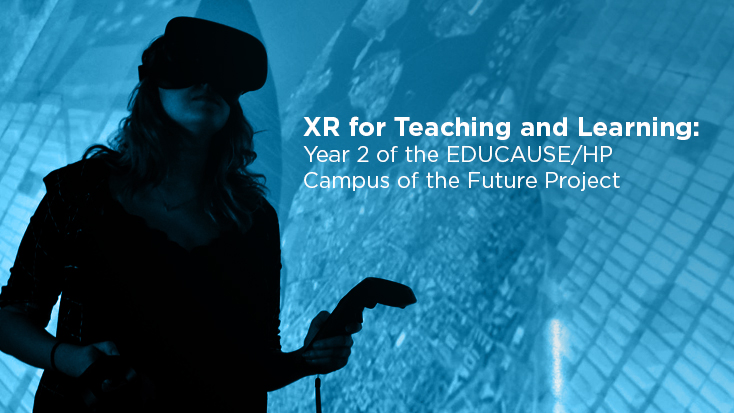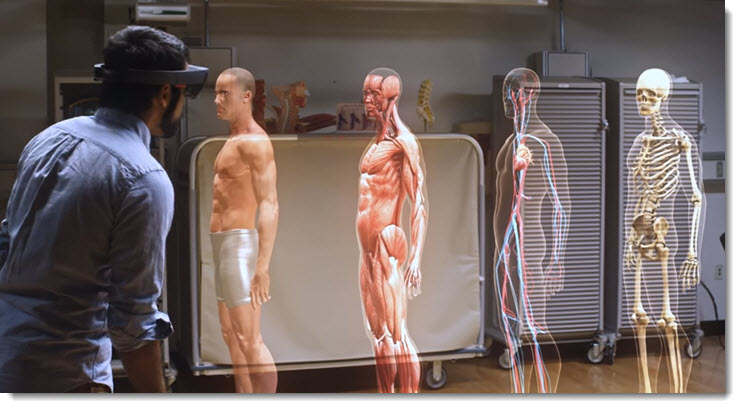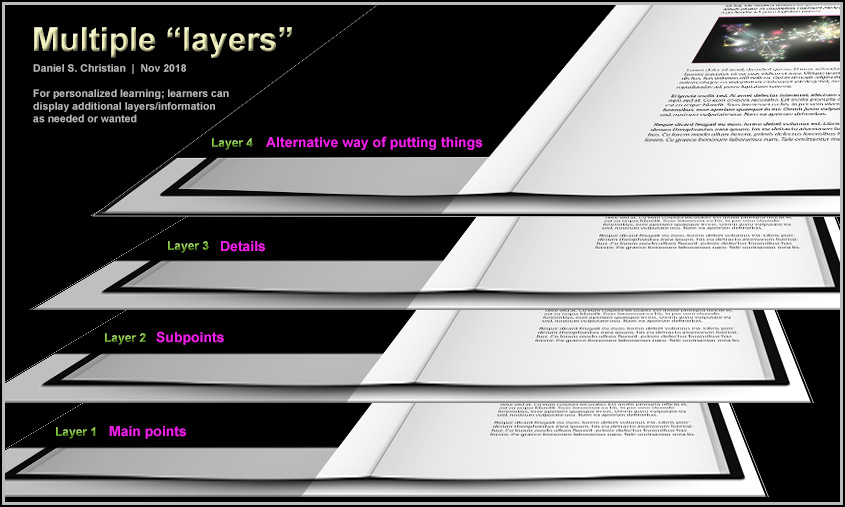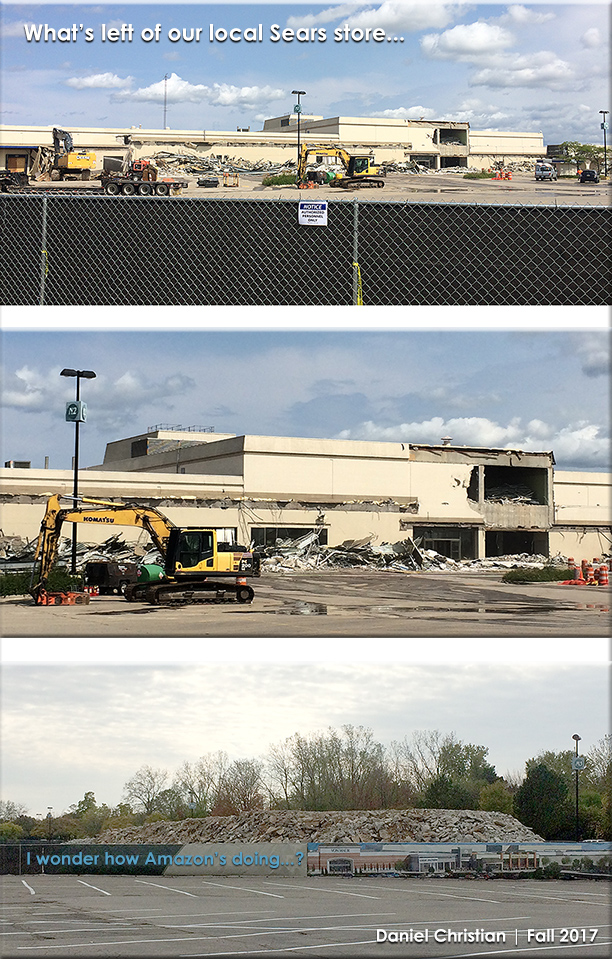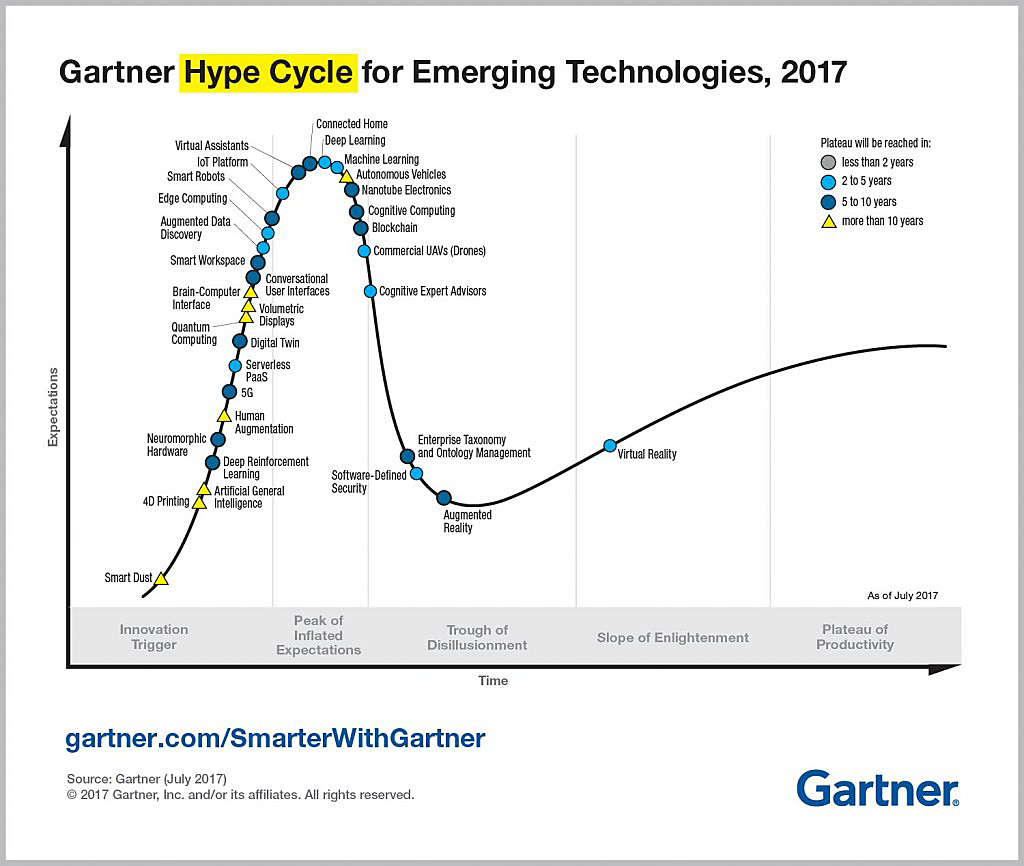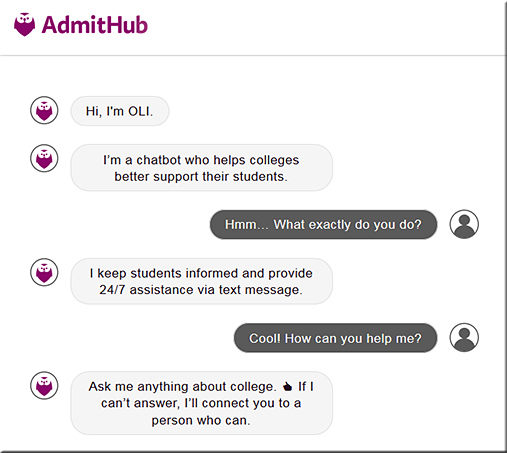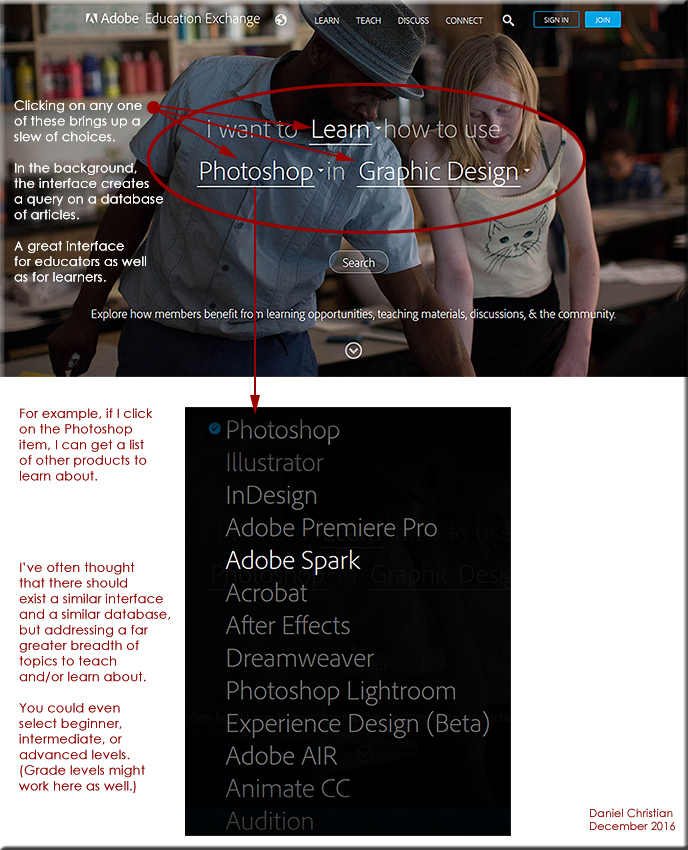Below are some thoughts from Michal Borkowski, CEO and Co-Founder of Brainly, regarding some emerging edtech-related trends for 2020.
2020 is coming at us fast, and it’s bringing a haul of exciting EdTech trends along with it. A new decade means new learning opportunities created to cater to the individual rather than a collective hive. There are more than one or two ways of learning — by not embracing all of the ways to teach, we risk leaving students behind in subjects they may need extra help in.
Michal Borkowski, CEO and Co-Founder of Brainly– the world’s largest online learning platform with 150 million monthly users in 35 countries– has his finger on the pulse of global education trends. He was selected to speak at Disrupt Berlin, the world’s leading authority in debuting revolutionary startups and technologies, this year and has some insightful predictions on the emerging trends 2020 will bring in EdTech.
- Customized learning via AI
AI systems with customizable settings will allow students to learn based on their personal strengths and weaknesses. This stylized learning takes into account that not every student absorbs information in the same way. In turn, it helps teachers understand what each individual student needs, spend more time teaching new material, and receive higher classroom results. - Responsible technological integration
Students today are more fluent in technology than older generations. Integrating tech through digital resources, textbooks, game-style lessons, and interactive learning are efficient ways to captivate students and teach them responsible usage of technology. - Expansive peer-to-peer learning
Allowing students access to a platform where they can view different student’s educational interpretations, and one specific perspective may help information click, is invaluable. These learning platforms break down barriers, encourage active learning anywhere, and cultivate a sense of community between students all over the world. - From STEM to STEAM
Science, technology, engineering, and math curriculums have been the major educational focus of the decade, but 2020 will see more integration of classical liberal arts into educational modules, turning STEM into STEAM. Incorporating the arts into a tech-based curriculum enables students to create important connections to the world and allows them to have a well-rounded education. - Options in learning environments
Who says learning has to take place in a classroom? Advancements in EdTech has provided new and exciting avenues where educators can experiment. Grade and high school level teachers are experimenting with webinars, online tutorials, and other forms of tech-based instruction to connect to students in environments where they are more inclined to learn.
2020 is the year that education forms itself around each student’s individual needs rather than leaving kids behind who don’t benefit from traditional instruction.









